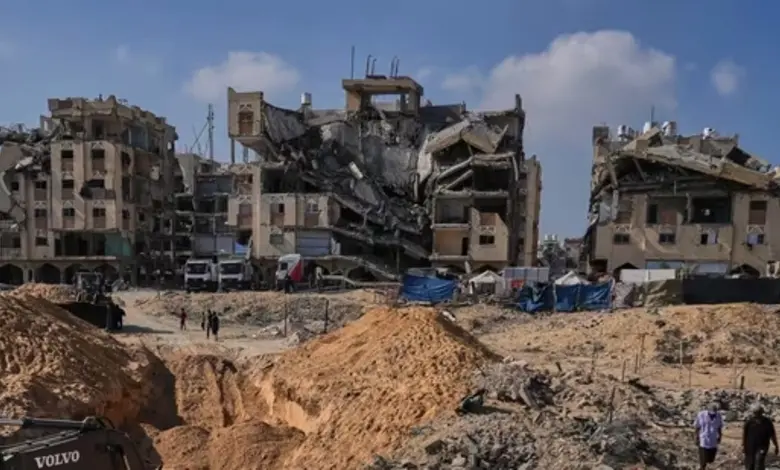Netanyahu Directs Swift, Forceful Israeli Airstrikes on Gaza Amid Ceasefire Tensions

Israeli Prime Minister Benjamin Netanyahu has instructed the nation’s military to launch immediate and robust airstrikes across Gaza, escalating the fragile calm just days after a U.S.-mediated truce took effect.
The directive follows reports from the Israel Defense Forces that Hamas militants opened fire on troops positioned in southern Gaza, breaching the hard-won agreement. This incident marks a stark reminder of the underlying volatility in the region, where both sides had tentatively committed to de-escalation.
The backdrop includes a separate development earlier in the week: Hamas authorities transferred partial remains of what Israel identified as a long-lost hostage. According to Israeli officials, the body parts were those of an individual whose remains had already been retrieved by IDF soldiers two years prior during prior operations.
In a pointed statement, Netanyahu labeled the handover a “clear violation” of the ceasefire’s initial stipulations. Under the deal’s first phase, Hamas was obligated to promptly return the remains of all deceased captives held in Gaza, a provision aimed at building trust and paving the way for broader negotiations.
ALSO READ : Gaza Ceasefire Teeters on Edge as Hamas Assaults Spark Israeli Airstrikes in Rafah
The Associated Press reported on Netanyahu’s remarks, underscoring the Israeli leader’s frustration with what he described as deliberate non-compliance. This exchange of remains, rather than advancing reconciliation, has instead fueled accusations of bad faith from Jerusalem.
As Egyptian teams, equipped with heavy machinery, continue their delicate search for additional hostage bodies in areas like Hamad City in Khan Younis—southern Gaza’s battered urban sprawl—the specter of renewed conflict looms large. Palestinian residents in the strip, already enduring months of intermittent violence and humanitarian strain, watched warily as the recovery efforts unfolded under tight security.
Netanyahu’s order for “powerful strikes” signals a potential unraveling of the ceasefire, which had offered a brief respite from the cycle of rocket attacks and retaliatory operations that have defined the Israel-Hamas dynamic for years. Military analysts, speaking on condition of anonymity, noted that such actions could target Hamas infrastructure, though the risk of civilian casualties remains a pressing concern in Gaza’s densely populated enclaves.
International observers, including mediators from the U.S. and Qatar, have urged restraint to preserve the truce’s fragile framework. Yet with trust eroded by these early infractions, the path forward appears fraught. As strikes commence, the international community braces for ripple effects that could draw in regional powers and complicate broader Middle East diplomacy.
In Washington, U.S. officials expressed cautious optimism earlier this week about the deal’s prospects but stopped short of endorsing Israel’s response. Diplomatic channels remain open, though sources indicate frantic backchannel talks to avert a full-scale resumption of hostilities.
This latest flare-up underscores the ceasefire’s inherent vulnerabilities: a patchwork agreement hammered out amid intense pressure from global leaders, including U.S. President-elect Donald Trump’s administration-in-waiting. For now, the skies over Gaza echo with the ominous prelude of incoming jets, a grim harbinger that peace, if it endures, will demand far more than words on paper.




